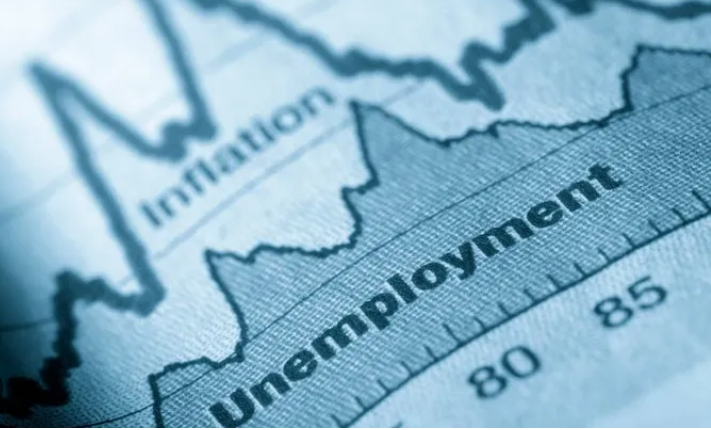The economic landscape in the United States experienced a notable shakeup as the U.S. Department of Labor reported a substantial increase in initial unemployment claims in Texas for the week ending January 6. The Lone Star State saw a surge in new jobless claims, reflecting a concerning trend in contrast to the overall national scenario. This article delves into the recent developments, analyzing the factors contributing to the spike in unemployment claims in Texas and exploring the broader implications for the state’s economy.
Unemployment Claims in Texas:

According to the U.S. Department of Labor, Texas witnessed a significant uptick in initial unemployment claims, with the numbers climbing to 17,074 in the specified week. This represented a stark increase from the 8,159 claims filed in the previous week. The sudden surge has raised eyebrows, prompting a closer examination of the factors at play.
Causes of the Spike:
Several factors may contribute to the surge in unemployment claims in Texas. The ongoing global uncertainties, including the impact of the COVID-19 pandemic and fluctuating economic conditions, have created an environment ripe for disruptions in various sectors. Businesses, particularly in industries susceptible to economic fluctuations, may have been forced to reevaluate their workforce requirements, leading to a spike in layoffs.
Moreover, disruptions in the supply chain, increased production costs, and wavering consumer confidence can influence hiring decisions and contribute to the rise in unemployment claims. It is crucial to closely monitor the sectors most affected to gain insights into the specific challenges faced by the Texas economy.
National Overview:
While Texas experienced a notable increase in unemployment claims, the national outlook presents a somewhat contrasting picture. On a seasonally adjusted basis, U.S. unemployment claims dropped to 202,000 in the same week, down from 203,000 the week before. This raises questions about the variations in economic conditions across states and emphasizes the need for region-specific analyses to understand the diverse challenges faced by different parts of the country.
Regional Disparities:
South Carolina emerged as a state with a significant surge in weekly claims, experiencing a staggering 202.6% increase. This highlights the regional disparities in economic stability and the varying impact of external factors on different states. Meanwhile, the Virgin Islands witnessed a remarkable 50% drop in new claims, showcasing the resilience of certain regions in the face of economic challenges.
Texas in the Spotlight:
As the second-largest state in the U.S. by both area and population, Texas plays a crucial role in the nation’s economic landscape. The recent surge in unemployment claims emphasizes the need for targeted interventions and policies to address the challenges faced by the state. Government agencies, businesses, and community leaders must collaborate to develop strategies that mitigate the impact of economic uncertainties and support affected individuals and industries.
Policy Responses:
In response to the escalating unemployment figures, policymakers in Texas may need to reassess existing economic policies and consider targeted interventions to stimulate job creation and economic growth. Support for affected industries, workforce training programs, and measures to enhance the state’s economic resilience could be crucial in navigating the challenges posed by the surge in unemployment claims.
Read More News:
- Spinasse Triumphs as Washington’s Top Italian Gem: A Culinary Journey in Seattle
- Dixie Belles Café: A Culinary Gem and Florida’s Top Family-Owned Restaurant
The spike in unemployment claims in Texas serves as a stark reminder of the intricate and dynamic nature of the U.S. economy. While the national picture indicates overall stability, regional variations highlight the need for nuanced approaches to address the unique challenges faced by different states. Texas, with its economic significance, warrants focused attention and strategic interventions to navigate the current uncertainties and ensure a resilient and thriving future for the Lone Star State. As policymakers and stakeholders work collaboratively, the coming months will be crucial in determining the trajectory of Texas’ economic recovery.

